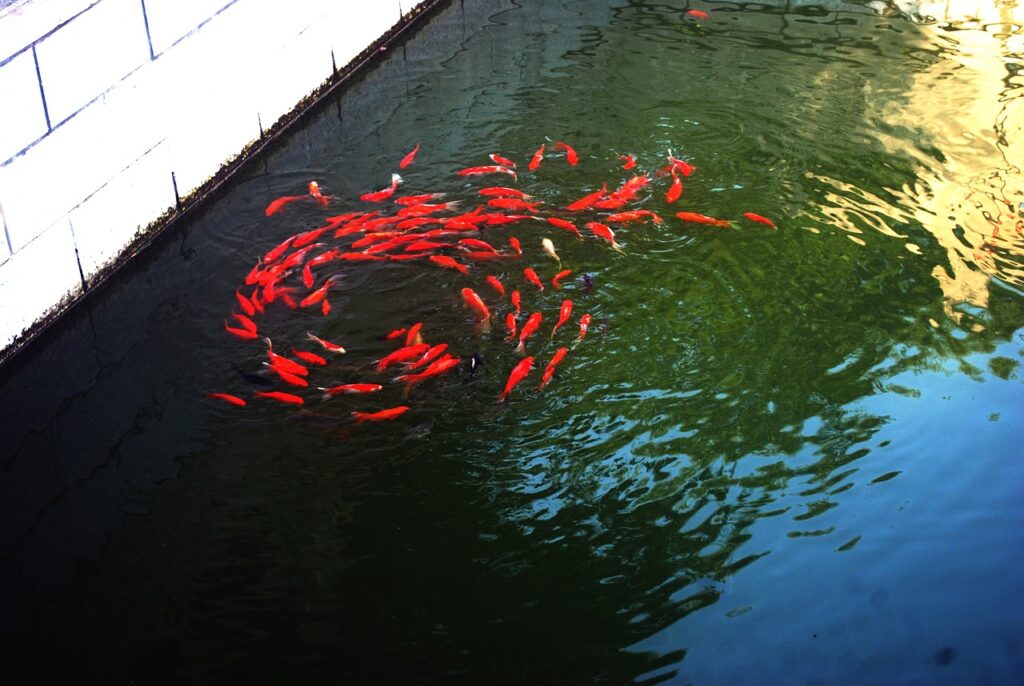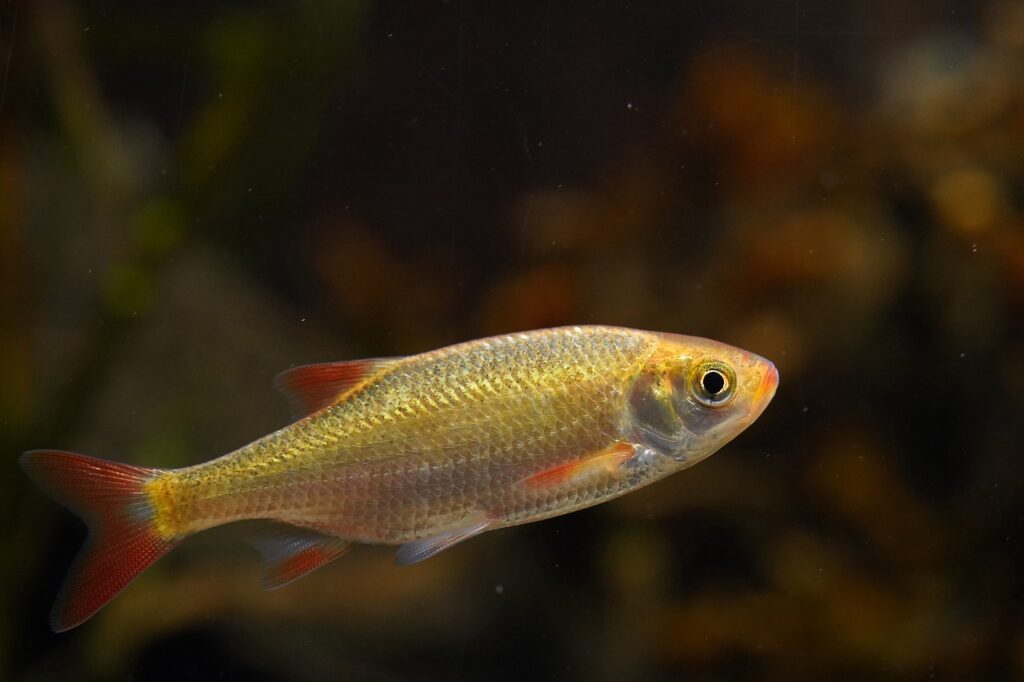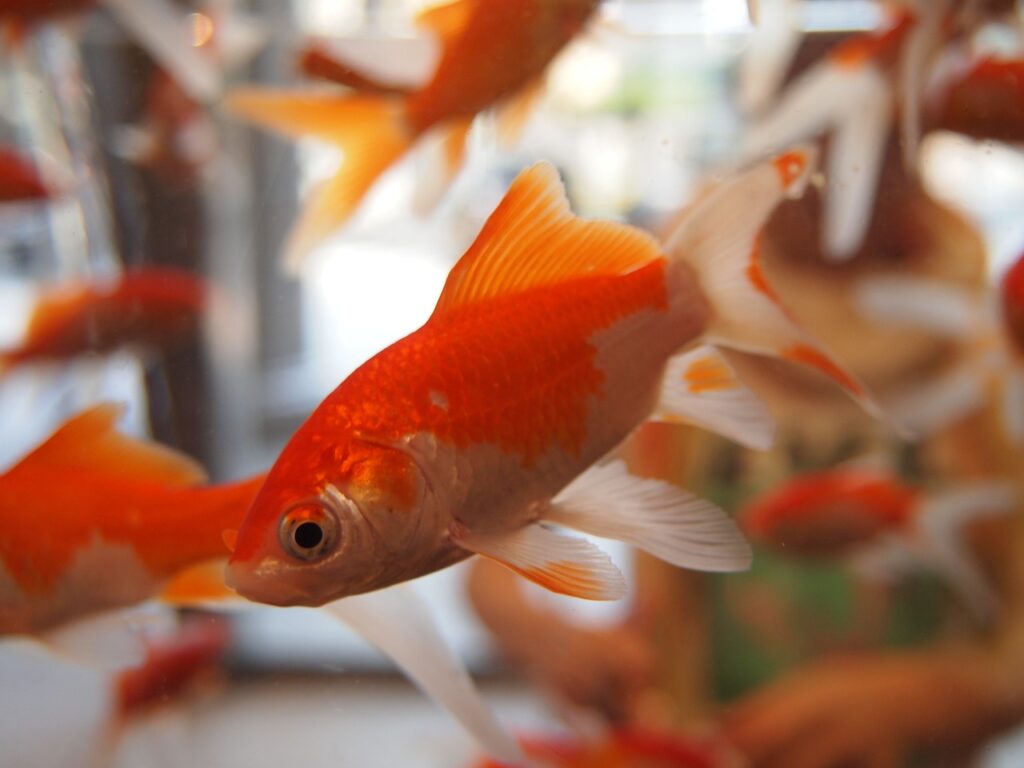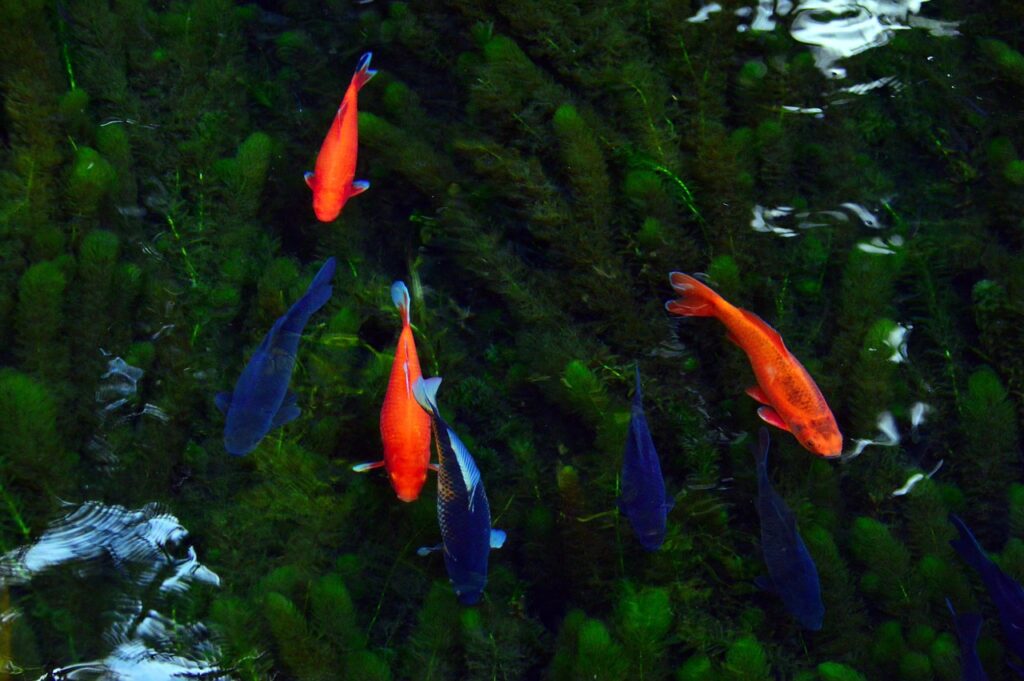Are you eager to fill your empty pond with vibrant fish, but unsure if it’s the right time? Today, we will guide you on how to know when a pond is ready for fish. Whether you are a first-time pond owner or simply seeking expert advice, we’ll provide you with essential tips and signs to ensure that your pond is the perfect home for your aquatic companions. Get ready to dive into the world of pond preparation and create a thriving ecosystem for your fish!
Water Quality
Test the water
Before adding fish to your pond, it is crucial to test the water quality. This will give you important information about the pond’s overall health and suitability for supporting fish. Use water testing kits to measure parameters such as pH levels, ammonia, and nitrite. These factors directly impact the well-being of fish, so it’s essential to ensure they are at optimal levels. Testing the water will help you identify any imbalances or issues that need to be addressed before introducing fish.
Measure pH levels
pH levels play a vital role in the overall water quality of your pond. It is a measure of the acidity or alkalinity of the water and can have a significant impact on fish health. Most freshwater fish prefer a pH range of 6.5 to 8.5, although certain species may have specific requirements. Use a pH testing kit to measure the levels and make any necessary adjustments to achieve the ideal pH range for your fish.
Check for ammonia and nitrite
Ammonia and nitrite levels in the water can be harmful to fish, causing stress and potentially leading to illness or death. High levels of ammonia and nitrite indicate an imbalance in the nitrogen cycle of your pond. Regularly test for these substances using a water testing kit. If levels are high, it is crucial to take immediate action to address the issue. By ensuring the nitrogen cycle is functioning properly, you will create a healthy environment for your fish.
Monitor oxygen levels
Oxygen is essential for fish survival, and the concentration of dissolved oxygen in your pond should be monitored regularly. Adequate oxygen levels are crucial for fish respiration and overall health. You can measure oxygen levels using an oxygen meter or by observing the behavior of your fish. Signs of insufficient oxygen include gasping at the water’s surface or unusual sluggishness. If oxygen levels are low, consider adding aerators or waterfalls to improve circulation and promote oxygenation.
Temperature
Check for consistent temperature
Maintaining a consistent water temperature in your pond is vital for fish health. Fluctuations in temperature can stress fish and make them more susceptible to disease. Use a thermometer to regularly monitor water temperature and ensure it remains stable. Sudden temperature changes, especially during extreme weather conditions, can be harmful. Consider using a pond heater or cooler, depending on your climate, to regulate the temperature and provide a stable environment for your fish.
Monitor seasonal changes
Seasonal changes can significantly affect the water temperature of your pond. During warmer months, the water may become too hot, while in colder seasons, it may freeze over. Both scenarios can be detrimental to fish. Keep an eye on these seasonal changes and take appropriate action to mitigate any negative effects. This may include shading the pond during hot summer days or using a pond de-icer to prevent freezing in winter.

Vegetation
Ensure sufficient plant coverage
Having a sufficient amount of aquatic plants in your pond is essential for its overall health. Plants provide natural filtration, help maintain oxygen levels, and offer habitat and shade for fish. Ensure that your pond has a variety of submerged, floating, and marginal plants to create a balanced ecosystem. These plants will contribute to water clarity and reduce the growth of algae, creating a healthy environment for your fish.
Check for invasive species
While vegetation is essential for a thriving pond, it is equally crucial to prevent the introduction of invasive plant species. Invasive plants can quickly take over the pond, harming native plants and disrupting the overall balance of the ecosystem. Regularly inspect your pond for any signs of invasive plants, such as rapid growth or aggressive spreading. If identified, it is crucial to remove them promptly to protect the health and diversity of your pond.
Nutrient Levels
Monitor nutrient levels
Keeping an eye on nutrient levels in your pond is crucial for fish health. Nutrient levels, such as nitrates and phosphates, directly affect the growth of aquatic plants and can lead to imbalances within the ecosystem. Excessive nutrients can result in algae blooms, oxygen depletion, and ultimately harm the fish. Regularly test the water for nutrient levels and take appropriate steps to maintain a proper balance.
Ensure balance for fish health
Maintaining a balanced nutrient level is essential for the well-being of your fish. Excess nutrients can lead to poor water quality, while insufficient nutrients can result in stunted plant growth and limited food sources for fish. Regularly monitoring and managing nutrient levels will help you strike the right balance and create a healthy and thriving environment for your fish.

Predator Control
Implement measures to control predators
Predators can pose a significant threat to the well-being of your fish. Common pond predators may include birds, raccoons, or even larger fish. Implementing measures to control and deter these predators is essential to protect your fish population. This can be achieved through various methods such as installing netting or fences, using decoys or scare devices, or creating areas of refuge for fish.
Create hiding places for fish
Providing hiding places for fish can serve as an effective predator deterrent. Constructing shelters using rocks, caves, or aquatic plants creates safe havens where fish can seek refuge if threatened. These hiding places not only offer protection from predators, but they also enhance the overall environment of your pond by providing additional habitat and recreational opportunities for your fish.
Algae Control
Monitor algae growth
Algae is a common concern in ponds, and its growth must be carefully managed. While some algae is necessary for a healthy ecosystem, excessive growth can lead to imbalances and cause stress to fish. Regularly monitor the growth of algae in your pond, paying attention to factors such as water clarity and the presence of stringy or smelly algae. By regularly inspecting and identifying any abnormal growth, you can take appropriate action to prevent further proliferation.
Maintain proper balance to prevent fish stress
Maintaining a proper balance of algae in your pond is crucial for fish health. Excessive algae growth can deplete oxygen levels, block sunlight, and alter water chemistry—all factors that can stress fish. Implement strategies to manage algae growth, such as adding beneficial bacteria or using algae control products. Additionally, promoting a healthy ecosystem with sufficient plant coverage and proper nutrient management will help to prevent excessive algae growth.

Proper Filtration
Install appropriate filtration system
Adequate filtration is essential for maintaining water quality in your pond. Installing a suitable filtration system will help remove debris, excess nutrients, and other contaminants that can harm fish. Choose a filtration system designed specifically for ponds and consider factors such as the pond’s size and the number of fish you plan to have. Proper filtration will reduce the risk of poor water quality, enhance fish health, and contribute to a visually appealing pond.
Ensure regular maintenance
Installing a filtration system is not enough; regular maintenance is equally important. Clean and maintain your filtration system according to the manufacturer’s instructions to ensure its effectiveness. This may involve cleaning or replacing filters, removing debris, and regularly monitoring the system for any signs of malfunction. By keeping your filtration system in optimal condition, you will promote water quality and create a healthy environment for your fish.
Acclimation Process
Research suitable fish species
Before introducing fish to your pond, conduct thorough research on the species that are best suited to your specific pond conditions. Consider factors such as water temperature, pH requirements, and compatibility with other species. Choosing fish that are well-adapted to your specific pond will increase their chances of thriving and minimize stress.
Gradually introduce fish to the pond
Once you have selected the appropriate fish species, it is crucial to acclimate them slowly to their new environment. Sudden changes in temperature or water chemistry can cause stress to fish. Float the fish in their bags or containers on the pond’s surface for about 15-30 minutes to allow them to adjust to the temperature. Afterward, release them gently into the water, ensuring they have ample time to acclimate and explore their new habitat at their own pace.
Biodiversity
Create a balanced ecosystem
Promoting biodiversity in your pond is key to creating a healthy and thriving ecosystem. Diverse plant life, microorganisms, and various aquatic organisms contribute to a balanced food chain and overall pond health. By cultivating a diverse range of species, you provide a more resilient and self-sustaining environment for your fish.
Consider other aquatic life forms
While fish are often the primary focus of pond enthusiasts, considering other aquatic life forms can enhance the overall biodiversity and ecological balance of your pond. Introducing snails, shrimp, or even frogs can contribute positively to the ecosystem dynamics. These organisms can help control algae, provide additional food sources for fish, and add aesthetic value to your pond.

Consultation
Seek advice from experts
It is always valuable to seek advice from experts in pond management, such as local fish and wildlife agencies or pond professionals. These individuals can provide valuable insights and guidance based on their expertise and experience. They can help you address specific issues, design an appropriate management plan for your pond, and offer recommendations for fish species or pond maintenance practices.
Join online forums for guidance
Another great resource for pond enthusiasts is online forums and communities dedicated to pond management and fishkeeping. These platforms provide a wealth of information and allow you to connect with other pond owners who share similar interests and experiences. Participating in discussions, asking questions, and sharing your own insights can contribute to your knowledge and help you navigate the challenges and joys of managing a pond for fish.
How To Know When A Pond Is Ready For Fish
By following these guidelines and regularly monitoring the various aspects of your pond, you can ensure that your pond is ready to support and sustain a thriving fish population. Remember, a healthy and balanced ecosystem is key to the well-being of your fish and the overall enjoyment of your pond. So take the time to create and maintain a harmonious environment for your aquatic friends, and you will be rewarded with a vibrant, flourishing pond.
